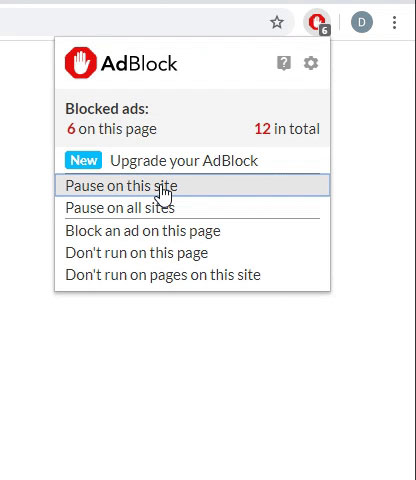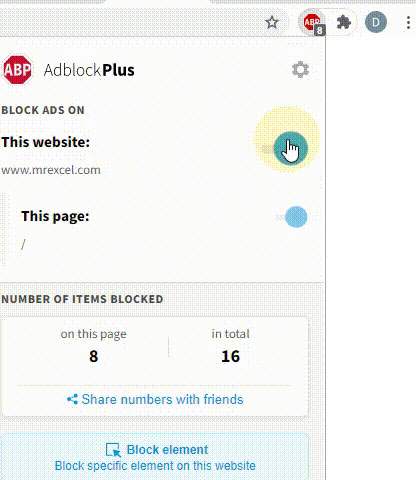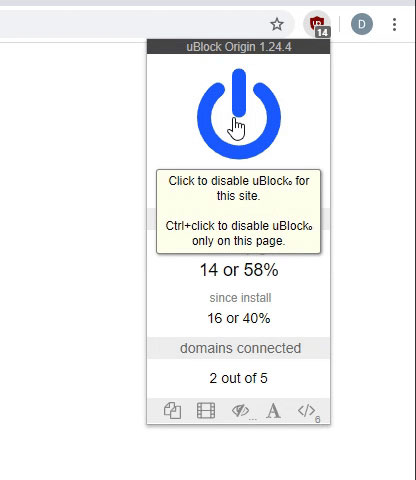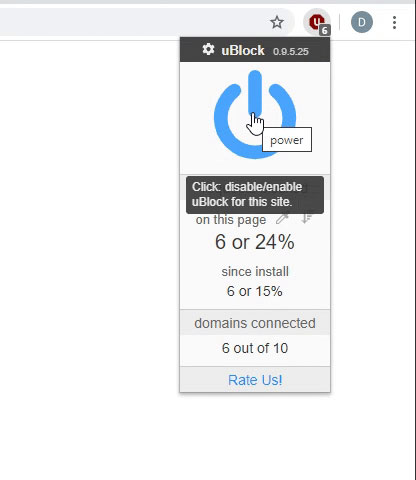-
If you would like to post, please check out the MrExcel Message Board FAQ and register here. If you forgot your password, you can reset your password.
run DOS command in excel
- Thread starter jjpkraft
- Start date
NateO
Legend
- Joined
- Feb 17, 2002
- Messages
- 9,700
Waterloo, I hear they have a great CIS school up there (my Dad went there for Physics), the home of Cobalt (and y2k issues).
Most VBA comes from DOS, e.g, Dos commands, like Dir, copy, etc... have a functional purpose in VBA. Which commands are you trying to run?
_________________
Cheers,<font size=+2><font color="red"> Nate<font color="blue">O</font></font></font>
This message was edited by NateO on 2002-05-22 07:26
Most VBA comes from DOS, e.g, Dos commands, like Dir, copy, etc... have a functional purpose in VBA. Which commands are you trying to run?
_________________
Cheers,<font size=+2><font color="red"> Nate<font color="blue">O</font></font></font>
This message was edited by NateO on 2002-05-22 07:26
Upvote
0
I picked up a Physics minor Waterloo 5 years ago. Small world.
We've got a telnet mail server and I'm opening it up with "telnet 111.111.1.1 11" when I'm in DOS.
Then I'm sending an email from an anonymous email...we're using this for a Q&A program.
We've got a telnet mail server and I'm opening it up with "telnet 111.111.1.1 11" when I'm in DOS.
Then I'm sending an email from an anonymous email...we're using this for a Q&A program.
Upvote
0
I picked up a Physics minor Waterloo 5 years ago. Small world.
We've got a telnet mail server and I'm opening it up with "telnet 111.111.1.1 11" when I'm in DOS.
Then I'm sending an email from an anonymous email...we're using this for a Q&A program.
We've got a telnet mail server and I'm opening it up with "telnet 111.111.1.1 11" when I'm in DOS.
Then I'm sending an email from an anonymous email...we're using this for a Q&A program.
Upvote
0
Ivan F Moala
MrExcel MVP
- Joined
- Feb 10, 2002
- Messages
- 4,209
On 2002-05-22 07:17, jjpkraft wrote:
I'm trying to run a string of DOS commands using a macro. I'm completely lost.
I can do the task in DOS but don't know how to access it using VBA code.
I've found sites that talk about doing it but can't find one that tells me how to do it.
Lookup the Shell comand in the VBA help file
example of running Dos command;
<pre/>
Sub RemoveDir_WithFiles()
Shell "command.com /c RD C:mydir"
End Sub
</pre>
Note: In Microsoft Excel, when you use the Shell function in a VBA macro to execute an external MS-DOS command, you should add the /c switch after command.com.
This only applies to the Core commands DIR ,CLS,DEL ,CD,MD (MKDIR) ,RD (RMDIR),COPY
BUT you can do these in VBA without shelling
To run a Batch file just use;
<pre/>
Sub DOSB()
Dim varProc As Variant
varProc = Shell("RunMe.bat", 6)
End Sub
</pre>
Upvote
0
Ivan F Moala
MrExcel MVP
- Joined
- Feb 10, 2002
- Messages
- 4,209
On 2002-05-22 12:24, jjpkraft wrote:
I've got the macro to open the telnet.exe file. I now need to send information from Excel to the telnet session.
I'm trying to declare the telnet application as an object. How can I do that?
I don't think the Telnet application is supported....you will have to use SendKeys
Lookup this while in the VBA Editor for help
Upvote
0
Colo
MrExcel MVP,
- Joined
- Mar 20, 2002
- Messages
- 1,659
- Office Version
- 2016
- 2003 or older
- Platform
- Windows
Hi jjpkraft,
I don't know about telnet session very much. So just information...
In case I am using another application (like as400) when need to send information,
I always use like following.
<pre>
Sub test()
Const strApName = "pcsft5.exe"
Const strInfo = "C:Program FilesPersonal CommunicationsPRIVATESelsMaster.TTO"
Dim i As Double
i = Shell(strApName & " " & strInfo, 1)
End Sub
</pre>
HTH
I don't know about telnet session very much. So just information...
In case I am using another application (like as400) when need to send information,
I always use like following.
<pre>
Sub test()
Const strApName = "pcsft5.exe"
Const strInfo = "C:Program FilesPersonal CommunicationsPRIVATESelsMaster.TTO"
Dim i As Double
i = Shell(strApName & " " & strInfo, 1)
End Sub
</pre>
HTH
Upvote
0
Similar threads
- Replies
- 2
- Views
- 209
- Solved
- Replies
- 5
- Views
- 251
- Replies
- 1
- Views
- 261
- Replies
- 4
- Views
- 174
- Solved
- Replies
- 4
- Views
- 214





